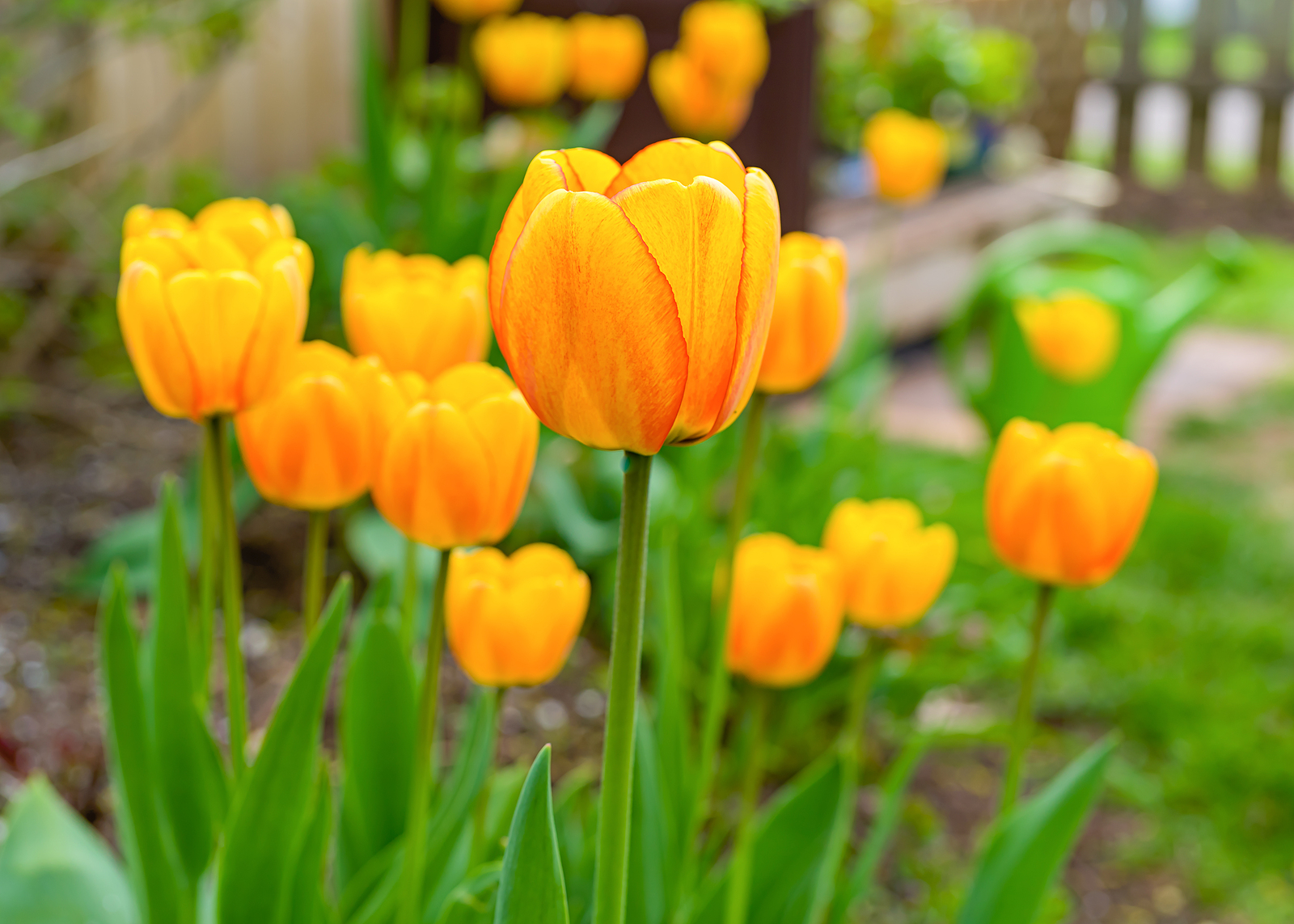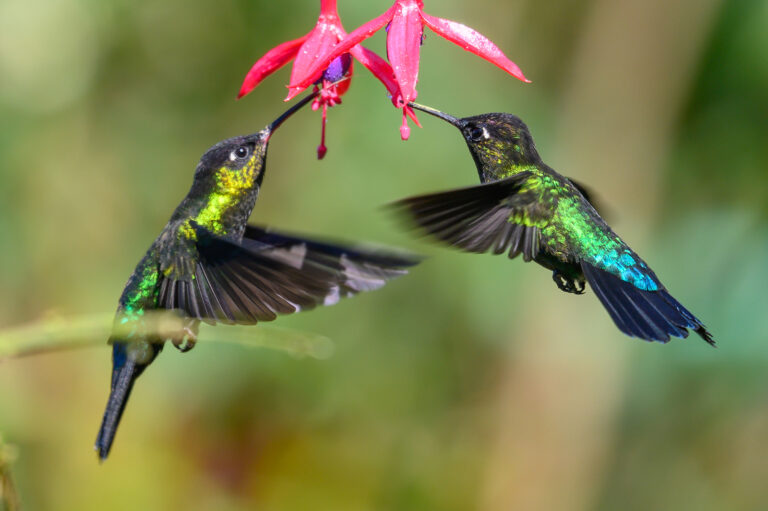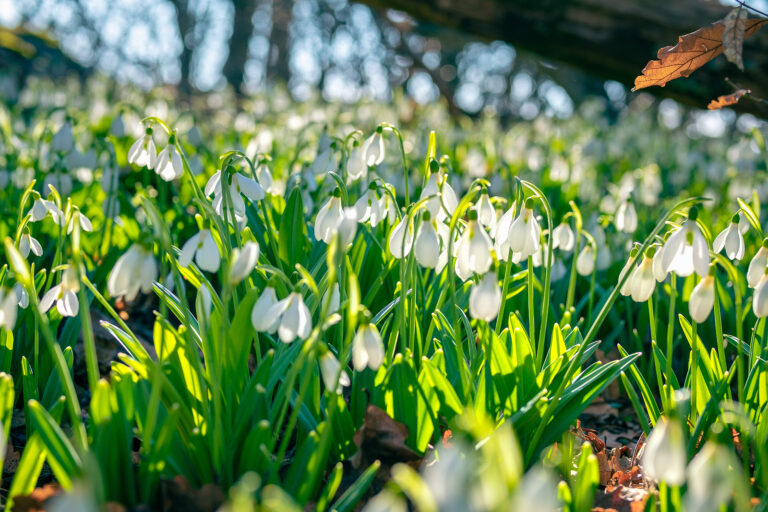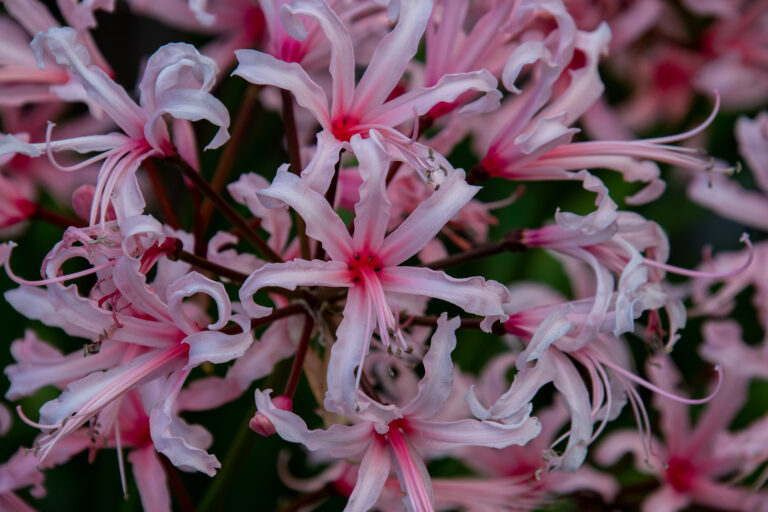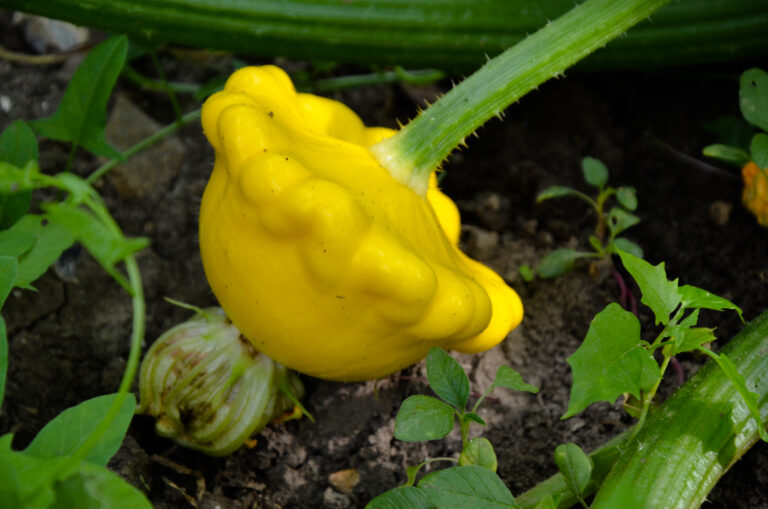Planting Flowering Bulbs
Flowering bulbs are divided into two categories: spring-blooming bulbs and summer-blooming bulbs.
Spring-blooming bulbs are planted in autumn. Spring-blooming bulbs include tulips, daffodils, crocuses, hyacinths, scilla, and grape hyacinths.
Summer-blooming bulbs are planted in late winter and early spring. Summer-blooming bulbs include cannas, dahlias, gladioli, and lilies.
Bulbs are seasonal; you must purchase them near the time they should be planted; they are not available for purchase year-round. Flowering bulbs can be purchased during the time they are in bloom, but a flowering bulb plant will be much more expensive than the bulb itself.
Bulbs—the term used here includes corms, tubers, and rhizomes which are like bulbs, but different—should be full and firm when purchased. Avoid bulbs that are withered, dry, moldy, or discolored. A full-sized bulb that is firm will produce healthy and full-size flowers.
For best effect, plant bulbs in clusters of 10 or more; this will make the most colorful show at bloom time.
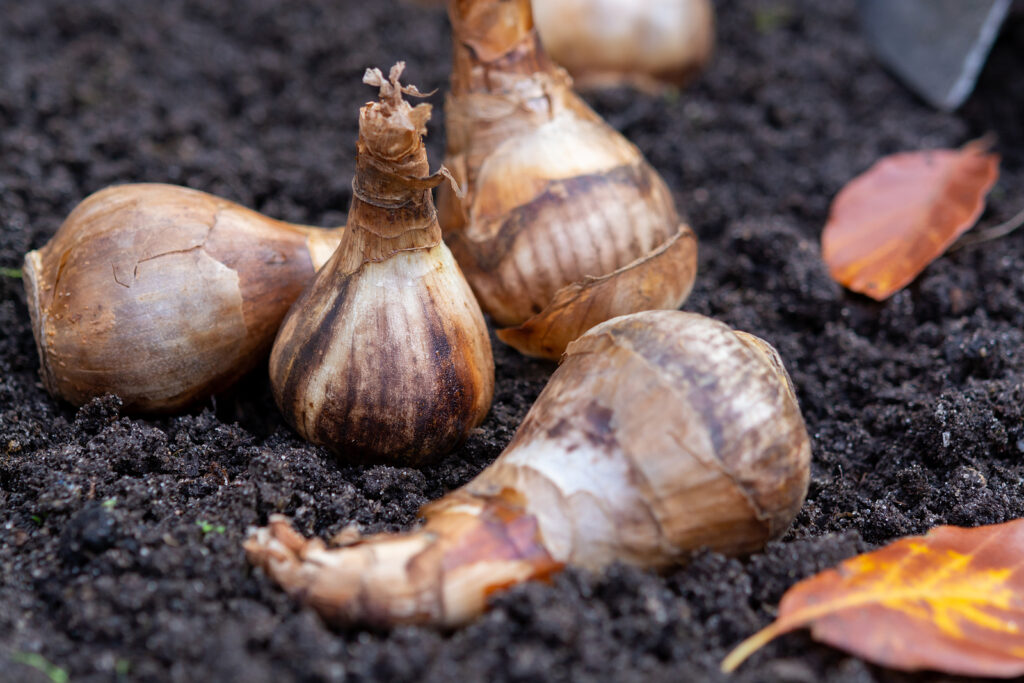
When to plant bulbs
- Spring-blooming bulbs should be planted from mid to late autumn, October and November in the Northern Hemisphere. You want to plant bulbs early enough that they begin to root before the first freeze and the ground turns cold, but not so early that they begin to send up sprouts. Aim to plant in mid-autumn wherever you live.
- Summer-blooming bulbs should be planted after the last frost in spring when the soil has started to warm; as early as March in mild-winter regions.
- In Zones 8 and warmer, stagger plantings every two weeks to assure a long blooming period.
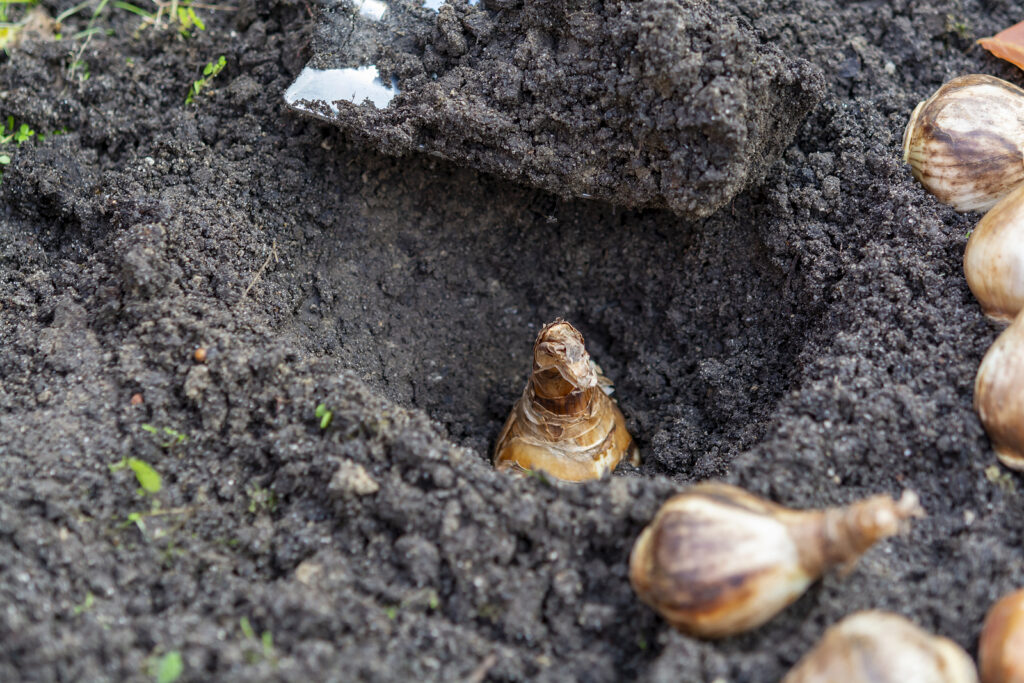
How to plant bulbs
- Purchase and plant bulbs as close to the correct planting time as possible. Check with a nearby garden center for the date bulbs will arrive. Purchase your bulbs soon after. If bulbs can not be planted soon after purchase, keep them in a cool, dry place until planting time.
- Plant bulbs in well-drained soil. Turn the soil to at least twice the depth you will plant the bulb. Add aged compost or commercial organic planting mix to the planting bed.
- Space bulbs in accordance with the floral effect you have in mind. Space bulbs at least twice the diameter of the bulb apart. Since no bulb can flourish if crowded by other plants, it is important to select a location that provides ample light and space.
- Plant bulbs at the correct depth; check the bulb package for the planting depth—usually 2 to 3 times the diameter of the bulb. Daffodils are commonly planted about 7 inches (17cm) deep, tulips and hyacinths about 5 to 6 inches (12-15cm) deep, squill and grape hyacinths about 3 inches (7cm) deep, bearded iris are usually set about 1 to 4 inches (2.5-10cm) deep with the shriveled stems just above the soil surface. Planting depth is from the bottom or base of the bulb.
- As a general rule, if there is a pointed side to the bulb, plant it facing up; the exception is ranunculus and dahlias; the pointe parts of these are emerging roots and they should be planted facing down. If you are unsure, plant any bulb on its side; it will still send out shoots and they will grow up.
- Sprinkle bone meal or bulb planting mix at the bottom of each hole before setting the bulb in place. Firm the soil around the bulb.
- Cluster bulbs in groups for best effect at bloom time. Flowering bulbs will look unnatural if planted in straight rows. Plant small bulbs such as crocuses in groups of 30 or more; plant larger bulbs such as tulips in groups of 15 or more.
- If squirrels or other critters are active in your garden, plant the bulbs in a cluster in one large hole, cut a piece of chicken wire to fit the hole, and cover with soil. The bulbs will grow through the wire and the critters will not be able to dig up and eat the bulbs.
- In cold-winter regions, a winter covering is essential if bulbs are to do their best. Scatter light strawy manure over the planting bed for winter insulation; this will prevent alternate freezing and thawing which can heave the ground and injure bulbs and other plants.
Chilling bulbs in warm climates ahead of planting
Most bulbs require chilling in order to trigger blooming; a cold winter will chill bulbs. If winters are mild where you live, you must either purchase pre-chilled bulbs or chill them yourself.
In mild-winter regions or anywhere, the gardener can prechill bulbs ahead of planting. Here’s how to pre-chill bulbs:
- Place the bulbs in a paper bag and label the bag with the name of the bulbs as well as the date chilling began and the date it should end.
- Chill the bulbs in the crisper drawer of the refrigerator for the appropriate time.
- Plant the bulbs outdoors after the chilling period.
Chill times for bulbs
Here are the necessary chill times for bulbs:
- Crocus: chill for 12 to 14 weeks
- Hyacinth: chill for 14 to 16 weeks
- Tulips: chill for 14 to 16 weeks
- Daffodils, paperwhites, ranunculus: no chilling required
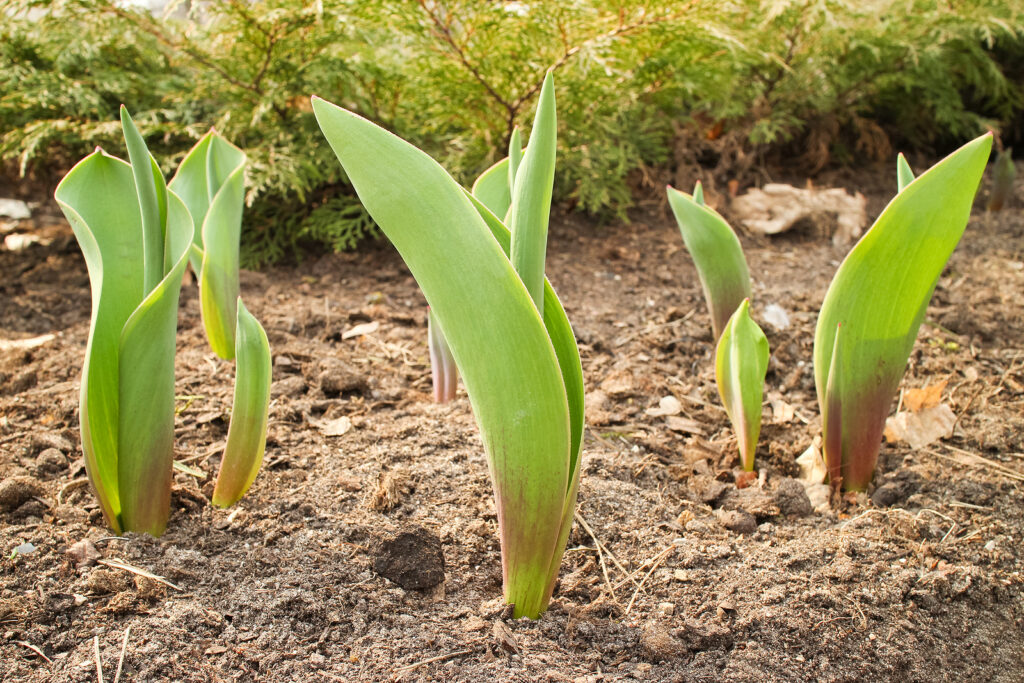
Bulb after planting care
As the bulb develops top growth in spring, the soil should be continually loosened of the surface but not deep enough to damage the roots. This should be continued through the whole period of growth and flowering.
After the flower has finished its bloom time, the bulb below ground continues to make a new flower bud for next season; it is important the foliage stay green as long as possible; any cutting of the foliage is detrimental to the next season’s flower. Remove spent flowers at the top of the stem but leave the foliage to die back naturally.
Also of interest:

